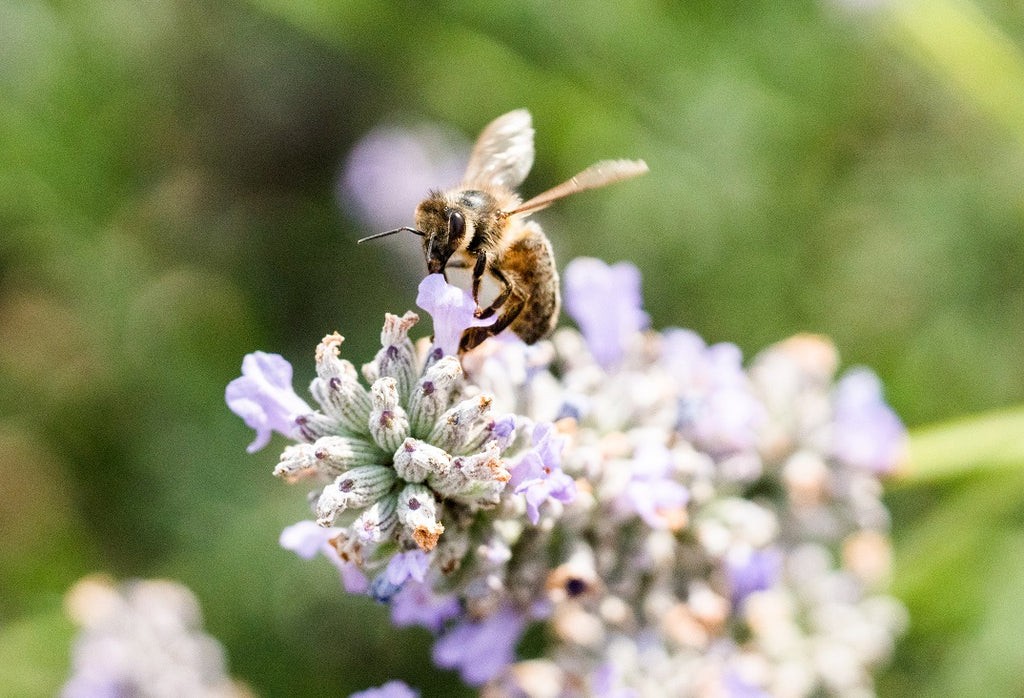Bees, essential pollinators for our planet’s ecosystem, require a diverse and balanced diet just like humans. It’s a common misconception that honeybees solely rely on honey for sustenance. In reality, their nutritional needs are complex, varying across their life stages, roles within the colony, and the fluctuating availability of food sources in their environment. Honeybees, and bees in general, depend on flowers for their food, deriving carbohydrates from nectar and protein from pollen.
Nectar and Honey: The Carbohydrate Source
Nectar is the primary energy source for adult honeybees. This sugary liquid is secreted by plants from nectaries, specialized glands designed to attract pollinators like bees. This process is a beautiful example of mutualism, where plants entice bees with nectar, and in return, bees facilitate pollination by transferring pollen between flowers, crucial for plant reproduction.
Honeybees are incredibly efficient at collecting nectar. They gather it from flowers and store it in a unique organ called the honey stomach for transport back to the hive. Once in the hive, the nectar is deposited into honeycomb cells, where bees work diligently to reduce its water content through fanning and evaporation. This process thickens the nectar, transforming it into honey, a preserved form of nectar.
Honey serves as the bees’ pantry, providing them with essential carbohydrates during periods when fresh nectar is scarce, such as winter or drought. Beekeepers often harvest surplus honey, a testament to the bees’ industrious nature and efficient honey production. For those interested in harvesting honey easily, a beehive starter kit can be a great option.
Pollen and Bee Bread: The Protein Powerhouse
Pollen is vital to the plant kingdom as the agent of plant reproduction. Honeybees are not only pollinators but also consumers of pollen, utilizing it as their primary source of protein. They collect pollen in specialized structures called pollen baskets located on their legs, demonstrating remarkable adaptation.
To make pollen digestible, bees create “bee bread.” This fascinating process involves packing pollen into honeycomb cells, mixing it with nectar, and sealing the cells with a layer of honey. This mixture then undergoes fermentation, similar to sourdough bread making. Fermentation breaks down the pollen, making the protein content accessible to the bees, particularly crucial for developing larvae. Bee bread is a cornerstone of larval nutrition.
Royal Jelly: Food Fit for a Queen
Royal jelly is a remarkable substance with a unique purpose: queen bee development. Nurse bees secrete this creamy white substance from special glands. Royal jelly is rich in sugars, proteins, and micronutrients. All bee larvae are initially fed royal jelly for the first three days after hatching. Afterwards, most larvae transition to a diet of bee bread and honey.
However, a larva destined to become a queen, hatched in a larger “queen cup” cell, receives an exclusive diet of royal jelly throughout its development. This continuous royal jelly feeding triggers the larva’s transformation into a queen bee, a larger, fertile individual essential for colony reproduction and survival.
Dietary Diversity in Other Bee Species
While honeybees are well-known, the bee family is incredibly diverse, encompassing around 20,000 species globally. The majority of these species do not produce honey or live in large colonies like honeybees. While many wild bees also feed on nectar and pollen, some exhibit more varied and specialized diets.
These diverse diets can include floral oils, fungi, and in some extraordinary cases, even meat, eggs of other bees, and even sweat and tears, depending on the bee species and their ecological niche. This highlights the incredible adaptability and variety within the bee world.
Supplemental Feeding for Honeybees
For beekeepers, there are times when providing supplemental food to honeybee colonies becomes necessary. This is especially crucial during periods of nectar and pollen dearth when natural food sources are limited. Simple sugar water is a common and readily accepted bee food. Other options include pollen patties to provide protein, dry sugar for easy consumption, and specially formulated syrups that mimic nectar.
Understanding bee nutrition and supplemental feeding techniques is a key aspect of responsible beekeeping. Resources and detailed guidance on bee feeding are readily available through beekeeping support portals and educational platforms.
Considering Beekeeping?
Learning about what bees eat is just the first step in appreciating these fascinating creatures. Perhaps now you’re considering becoming a beekeeper yourself and experiencing the joy of harvesting your own honey. A beehive starter kit from reputable suppliers offers a streamlined approach to honey harvesting, minimizing mess and the need for complex equipment. Furthermore, a wealth of resources are available to support new beekeepers in their beekeeping journey.
SHOP NOW
Uncertain if beekeeping is right for you or have more questions?
Our dedicated support team is ready to assist you.
